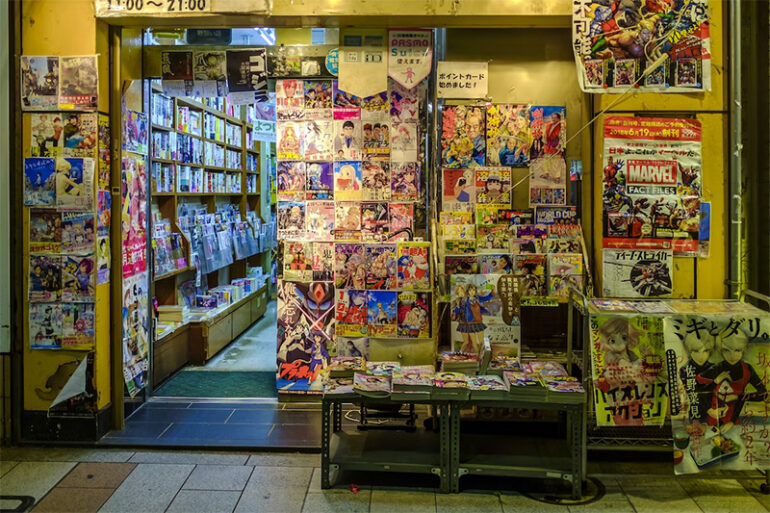Manga has a rich and intriguing history, and it is a distinctive art form that has won the hearts of millions of people all over the world. Manga is a narrative art form that has its roots in Japan but has become a global phenomenon, inspiring innumerable visual and written artists. In this essay, we set out on a quest to learn the history of manga and investigate the elements that contributed to the colorful and varied form that it is now.
Historical roots
The roots of manga can be traced back to the 12th century, where the concept of narrative art first emerged in Japan. Emakimono, or picture scrolls, depicted stories through sequential paintings accompanied by written narratives. These scrolls, often created by Buddhist monks, served as a visual medium for religious and historical tales.
In the Edo period (1603-1868), woodblock printing techniques flourished, giving rise to illustrated books known as kibyoshi and gōkan. These publications featured humorous narratives and served as a precursor to modern manga, incorporating elements of visual storytelling and sequential art.
Influential figures and styles
Several notable personalities shaped manga in the early 20th century. One was Osamu Tezuka, the “Godfather of Manga.” Tezuka’s prodigious career and classic works, such “Astro Boy” and “Black Jack,” transformed manga. His cinematic paneling, dynamic visual style, and gripping stories raised the bar.
Another influential artist was Hokusai Katsushika, renowned for his woodblock print series “Thirty-Six Views of Mount Fuji.” Hokusai’s expressive and detailed illustrations showcased the potential of visual storytelling and left a lasting impact on subsequent generations of manga artists.
Genre expansion and cultural influence
Manga evolved into several genres and subgenres as it became more and more popular, appealing to a variety of interests and age groups. While shōjo comics focused on young girls with love tales and emotive writing, shōnen manga, intended at young males, explored themes of adventure, action, and valor.
In addition to these mainstream genres, manga expanded into niche categories, including sports, horror, science fiction, and slice of life. This diversity of themes and storytelling approaches contributed to manga’s universal appeal and attracted a global audience.
The influence of manga extended beyond its home country, inspiring artists and writers worldwide. The impact of manga can be seen in the development of graphic novels in the West, as well as the incorporation of manga-inspired art styles in animation and video games.
Modern manga and future directions
In the digital age, manga has embraced new platforms and formats. Webcomics and digital distribution have allowed aspiring artists to showcase their work and reach a broader audience. Additionally, the advent of smartphones and tablets has facilitated the rise of mobile manga, with dedicated apps providing convenient access to a vast library of titles.
Manga continues to evolve and adapt, exploring new storytelling techniques and experimenting with different art styles. The medium’s global reach has sparked collaborations between Japanese and international creators, resulting in cross-cultural narratives and innovative storytelling approaches.
The birth of manga in Japan laid the foundation for a unique and influential art form that has captivated readers worldwide. From its humble beginnings in narrative scrolls to the vibrant and diverse medium it is today, manga has proven to be a powerful vehicle for storytelling and self-expression. As we look to the future, manga will undoubtedly continue to evolve, pushing boundaries and captivating audiences with its visual richness and narrative depth.
Photo Attribution:
1st and featured image by https://unsplash.com/photos/KKugFbEI2FU
2nd image by https://unsplash.com/photos/ZHY7-YaGG2U

